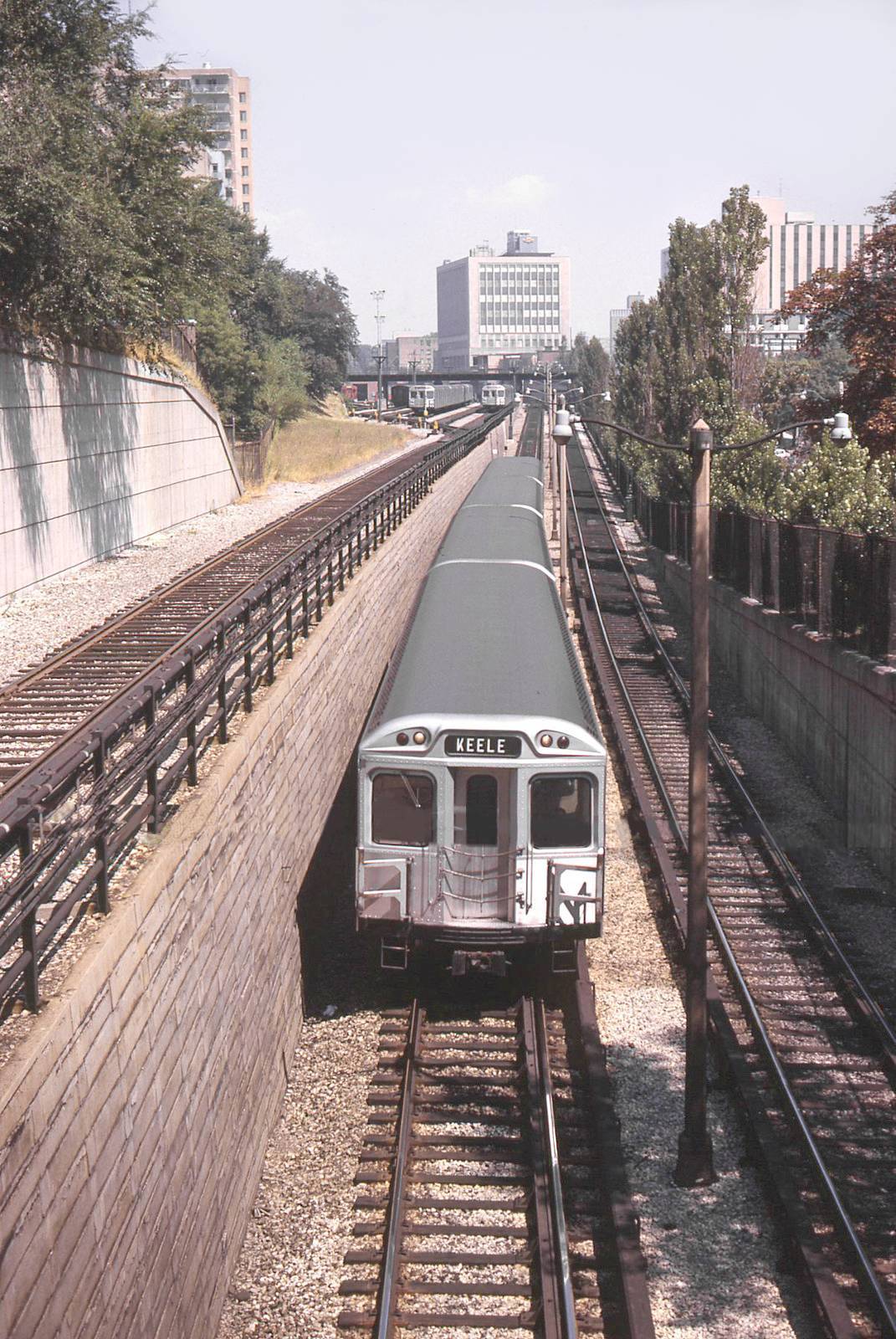TheTigerMaster
Superstar
Fascinating. So the Yonge Trains dropped off two or more cars to go past Union Station? And the Bloor trains going downtown when I rode them through the Y only had four cars? My gosh....how the memory fails. I distinctly remember having to walk back through three cars from the first to get to watch the guard in his cubicle from the first day the train ran from Keele. And he was in the middle of the train.
TTC used to run trains of varying lengths, depending on demand.
If my memory serves me correctly, during the absolute earliest days of the Yonge Line, TTC did run trains as short as four Gloucester cars on the line for at least part of the day (I do have to double check this). With the Gloucester cars being 17 metres each (shorter than modern cars) these trains would've been 68 meters, about half the length of the subway platforms. As demand rapidly grew, all trains were soon operated in a six car, 102 metre configuration, which is about the same length as modern 4-car T1s and TRs. Several years later, the Yonge Line was finally upgraded to 8-car operation, which is the same length as modern 6-cars T1 and T4
Likewise, the early days of the Bloor-Danforth Line did see variable train lengths. 4-car H-series trains were used, which were more or less the same size as 4-car T1 and TRs. This didn't last long either, as lengths were increased to 6-cars as demand increased.
4-car H1 picking up at passengers at Broadview in 1966:

4-car H-series car on Yonge Line traveling towards Keele Station via University Line:

Recall that the wye system was used upon opening of the subways on Bloor, Danforth and University, so these 4-car H-series trains you see would've also been run on Yonge-University.
Likewise, Sheppard Line currently runs 4-car trains, but the platforms can fit six-car trains, whenever demand warrents it. The Relief Line is also expected to be run using 4-car trains initially, but can be expanded as demand increases - this expansion in train length will likely happen when the northern extension is built, as demand is expected to be quite high (20,000 pphpd) once that extension is operating.